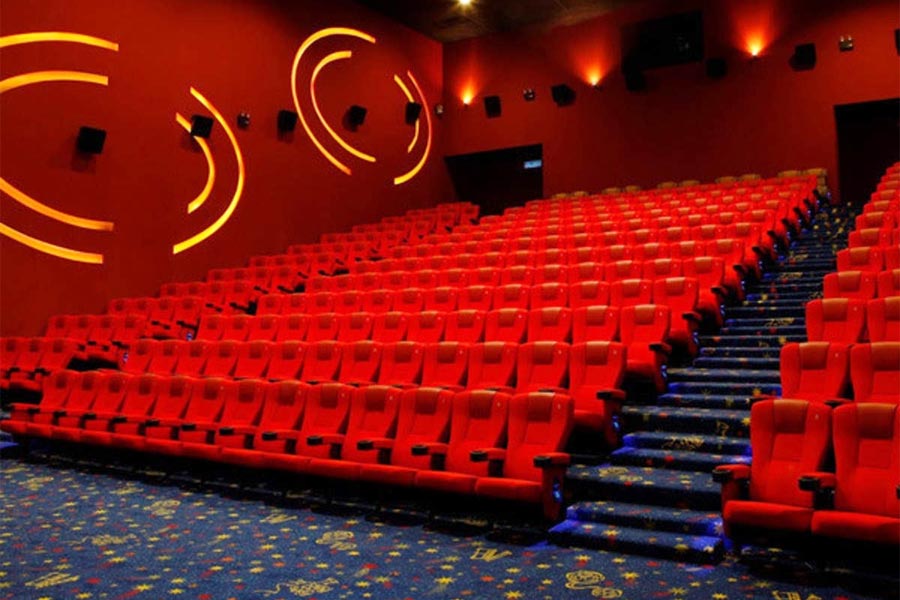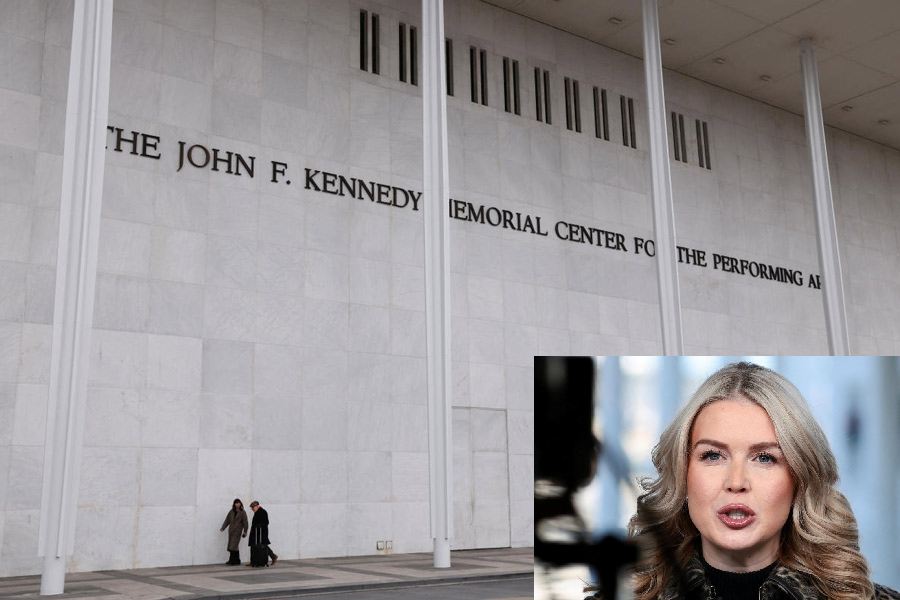The union government Saturday notified a revised film certification system that introduces specific age-based categories under the parental guidance classification.
Through a gazette notification, the Ministry of Information and Broadcasting amended the Cinematograph (Certification) Rules, 1983 — originally notified in December 1991 — laying down updated rules for sanctioning films for public exhibition.
The new principles empower the Central Board of Film Certification (CBFC) to certify films for unrestricted public exhibition with endorsements specifying suitability for particular age groups. The revised categories under the ‘U/A’ (parental guidance) rating now include:
U/A 7+: Suitable for children aged 7 years and above, and for those under 7 with parental guidance
U/A 13+: Suitable for children aged 13 and above, and under 13 with parental guidance
U/A 16+: Suitable for children aged 16 and above, and under 16 with parental guidance
The new classification replaces the earlier blanket ‘U/A 12+’ category.
These changes are part of a broader effort by the CBFC, initiated last year, to align the certification process with evolving social values and contemporary viewing practices.
Film certification in India is governed by the Cinematograph Act, 1952. Initially, films were categorized into just two classifications: ‘U’ for unrestricted public exhibition, and ‘A’ for adult audiences, with nudity strictly prohibited.
In 1983, the framework was expanded to include ‘U/A’, allowing unrestricted exhibition with parental guidance for children below 12, and ‘S’, meant for specialised audiences such as professionals in medicine or science. With the latest amendment, the age threshold introduced in 1983 has now been further refined.











